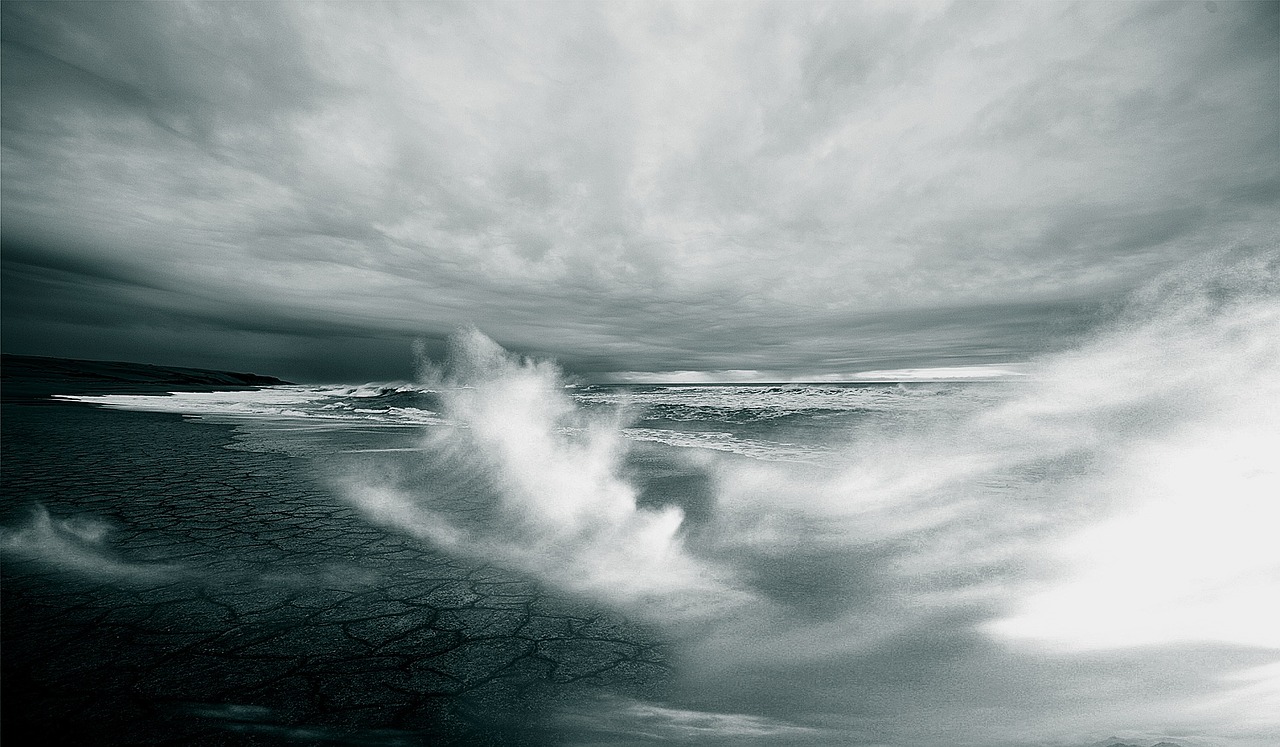Wild winds as strong as category two cyclone blast SE Australia
It's not just windy out west.
The West Australian town of Kalbarri recorded a maximum wind gust of 170 km/h last weekend, as Cyclone Seroja made landfall as a category three storm. That was obviously the strongest wind gust recorded in Australia this week.
But parts of southeastern Australia also recorded extreme winds this week. Indeed, gusts of cyclonic strength were reported at several locations as a cold front whipped through on Tuesday night.
Some maximum gust readings of note:
- 139 km/h at Maatsuyker Island (TAS) on Wed, April 14.
- 122 km/h at Thredbo Top Station (NSW) on Wed, April 14.
- 126 km/h at Kunanyi Mt Wellington (TAS) VIC) on Wed, April 14.

Those are some pretty strong winds. The reading at Thredbo Top Station was easily equivalent to category one cyclone strength, while anything over 125 km/h is considered category two under the Bureau of Meteorology's classification system.
That puts the Kunanyi/Mt Wellington and Maatsuyker Island readings well into category two range.
For those who don't know, Maatsuyker island is on the southern tip of Tasmania, and usually has two residents – the lighthouse keepers. It’s widely regarded as the windiest place in Australia, and is well accustomed to extremely strong gales.
Mean wind speeds reached 135 km/h on Tasmania's Maatsuyker Island earlier today, with gusts topping 150 km/h. pic.twitter.com/Z6Cs3srpQ3
— Andrew Miskelly (@andrewmiskelly) June 16, 2020
Because places like Maatsuyker Island, the summit of Mt Wellington above Hobart, and the mainland NSW and VIC ski resorts are all accustomed to super strong winds over 100 km/h, buildings in those places are built to cop a regular blasting.
That's why cyclonic strength winds in Australia's southern mountain and island regions rarely make the news.
"Southern Ocean cold fronts are a boundary between warm and cold air, and that boundary generates turbulent winds," Weatherzone meteorologist Ben Domensino explains.
"The wind speed is driven by deep low pressure systems which usually sit well south of Tasmania. When they come up against a big high pressure ridge, all that air has to go somewhere."
Numerous marine wind warnings remain in place for Tasmania until midnight tonight.